👋 I’m so glad YOU are here. Are you looking to also get your partner prepared? This is for BOTH of you. Couples just love it and I know you want to both feel prepared!
At your 36 week check-up your doctor might ask you if you want a vaginal exam to check how dilated you are — and maybe they said you were dilated 1 cm — what does that mean, and does that mean that labor is coming soon? Let’s find out!
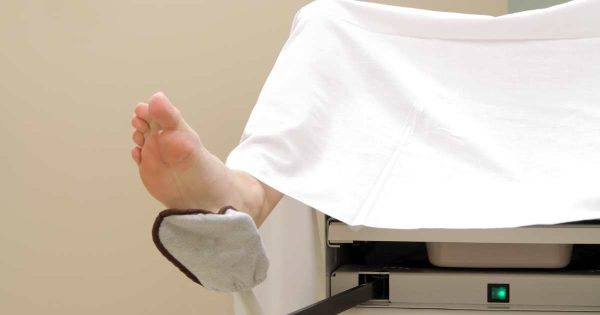
I know, you have that first check and things seem REAL good — you’re 1 cm — labor is practically at your doorstep. But, after being a nurse since 1997 and having 20 years of labor and delivery experience I’m here to tell you it’s not that simple. so, let’s talk about it.
But, before we get going — sounds like you could use a few labor tips — join me in here:
What Is 1 Cm Dilation?
1 cm dilation refers to the dilation of the cervix by 1 centimeter. That means when we feel your cervix the inner hole is about 1 centimeter large. Meaning, we mostly can’t get our finger through it (although probably could it we pushed hard).
What Is Cervix Dilation?
It is the opening of your cervix. Your cervix starts as “closed” and will need to be 10 centimeters dilated to slip over the baby’s head for it to come out of your uterus.
Wanting to know about how labor progresses? — We talk about them all in here.
What is a Cervix?
It is the end of your uterus.
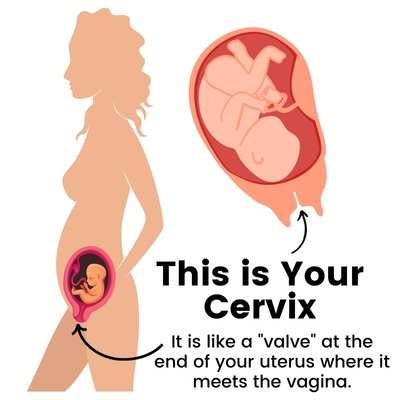
So, think of you uterus as a big sweater, and the cervix is a super tight neck of the sweater (someone made that neck WAY too tight). As the baby pushes down on that closure — it starts to open up. Picture it — as you push your head through that neck, the knitting starts to stretch and thin out around the area your head is coming through.
The thinning out of that sweater neck is called effacement, and the opening enlarging is effacement. And then, how far out of the neck your head is poking is your station. That’s what a cervical exam is. Let’s review it one more time:
- Dilation: How open the cervix is
- Effacement: How thinned out the cervix is as it stretches open
- Station: How far into the birth canal (high/low) the baby is getting (as referenced by your sitbones)
Want to know more about cervical exams — here’s a few more posts:
- Can I Refuse Cervical Checks In Labor?
- How Many CM Do You Need To Be To Get An Epidural?
- How To Dilate Faster
- What Cervix Dilation Should You Be At 36 Weeks Of Pregnancy?
When Does Labor Start After Getting 1 Cm Dilated?
This is a tough one. Honestly, a lot of women at 36 weeks are walking around 1 centimeter dilated, and have no idea. And this isn’t unsafe at all.
Baby is getting bigger, and your cervix is getting tired of holding up that big baby. So, it starts to loosen up. You may have had some “practice contractions” here or there, but probably nothing to talk about… and those may have pushed baby a bit through the cervix too.
Back to the sweater analogy. If you were carrying around a big melon in that sweater for a long time (with the tight neck at the bottom), the neck might just start to open up a bit because of all the pressure from gravity.
Looking to get labor started — check out my booklet — Going Into Labor Made Easy:
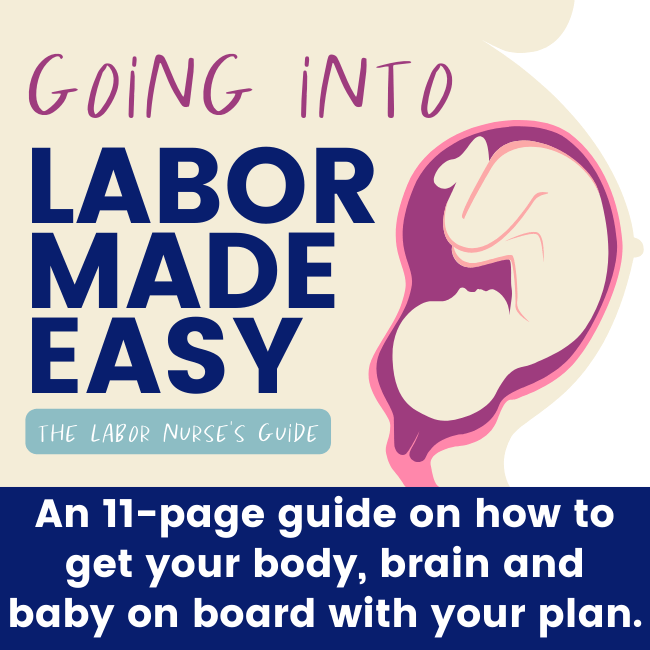
What Does 1 Cm Dilated and 50 Effaced Mean?
We’ve already talked about what it actually means — that your cervix is open one centimeter and it has thinned out 50% from what it was before birth (although 50% is still pretty thick in the labor world).
But if you’re looking for further meaning as to if the baby is coming soon…. well, it’s not all that helpful.
I know a lot of women want to get their hopes up that labor is going to come soon when their provider says this — but, it really doesn’t mean anything, sadly.
The annoying part is that providers will sometimes want to give you tired body some positive news by saying “looks like your cervix is getting ready, won’t be long now” — meaning, sometime in the next month probably…..
Having a cervix that is 1 cm open means it could stay that way for quite a while, or you could go into labor tomorrow. It’s definitely not a predictor of things.
Even if you’re 39 weeks and 1 cm (or even 39 weeks and 2 cm) the advice is still the same. Labor could start today, or in a week (well — when you’re 39 weeks we hope it will be within 2-3 weeks). You need active contractions to really be in labor.
Since you’re close, grab my organized before delivery checklist:
When will my cervix start to dilate and efface?
When your baby starts to push harder on it and you go into labor. The cervix dilates when the baby’s head pushes down on it (or bum if your baby is breech — but that’s a whole other story).
Back to the sweater analogy — just regular gravity isn’t going to push that melon through the tight neck (although it may open a bit). However, if you start pushing on it — it will start to open up more.
Looking to go into labor — check out these post:
- When Should I Start Drinking Raspberry Leaf Tea?
- Can You Push Yourself Into Labor?
- Can Curb Walking Induce Labor?
- What Is Stripping Membranes?
- When To Start Eating Dates During Pregnancy?
Why should you care about effacement?
Most women, going into labor for the first-time, will efface before they dilate. Meaning that cervix usually thins out quite a bit before it starts to open.
Oddly, on subsequent babies this isn’t always the case (but still sometimes is).
I figure this is due to the fact that your cervix has never opened before. It is just sort of getting stretched a LOT before it opens up. Because, remember that mother nature would have made that cervix STRONG to protect that baby. And, you’ve never really used it for this prior to this pregnancy.
Effacement is somewhat variable though. WE don’t actually know what your cervix was to start with. At 50% the cervix takes up a good amount of the length of our finger. We’re definitely wanting to see it closer to 70 or 80% before it really means anything.
You’re probably seeing that there’s a few things to consider, not JUST dilation. That’s true of a lot of pregnancy, labor, birth and more — come join me in here to understand ALL of it.
What causes cervical dilation and effacement?
The baby pushing its way into the birth canal. Early in pregnancy some of that is due to gravity, but once contractions start (and they may come and go as you get towards the end of your pregnancy) the baby will be pushed further down.
What can you do about cervical dilation and effacement?
Not a whole lot. Your mind, your baby and your uterus (and body) need to come to an agreement that it is time for the baby to come out.
And often, no matter what crazy things you try — those three things need to be on board to get it going.
I have a few posts that talk about if certain things will start labor:
- Can jumping jacks induce labor?
- Can a warm bath induce labor?
- Can prenatal massage induce labor?
- Will midwives brew put me into labor?
If you’re looking about HOW to go into labor I also have this which explains how your body decides to go into labor, and my best tips to get there.
What stage of labor am I in at 1 cm?
Well, unless you’re actively contracting you’re not in labor — so putting you in a stage is a mute point. If you ARE contraction you’d be in the first stage of labor, or the latent phase of labor.
Most providers don’t consider you in ACTIVE labor until your cervix is about 4-6 cm. But, the real definition of active labor is that your cervix is actively dilating — meaning we check you once and you’re 4 cm, and we check you an hour later and you’re 5 cm. That shows that your uterus is putting some muscle in the game and we’re getting ready for the big show!
It’s never too early to start prepping for what you’ll need AFTER baby is born too:
Is dilating 1 cm a sign of labor?
Not really? Although at 1 cm you may have lost your mucus plug (as the cervix has softened and gravity may make it fall out). It may also still be attached (mine didn’t fall out til’ I was closer to 3 cm I think).
There are a LOT of signs of labor that I share about in my prenatal class — but the top three “signs of labor” are:
- Contractions that are getting more frequent, last almost a minute and are getting higher in intensity (pain)
- Some gastrointestinal involvement (like nausea or diarhhea)
- Changes in vaginal discharge
Remember that labor comes on with friends (I like to call it the “labor gang”) — so you’re not JUST watching for contractions.
The Online Prenatal Class for Couples is the simple way to get prepared for your baby’s birth. It can be done in just a few hours and couples absolutely love it.
I love what Carissa said about the class:
“The course was very thorough. I liked how Hillary talked through each stage. As a first-time mom this was very helpful. Everything is explained in a simple and relatable way. Thanks, Hillary!”
Check-out the Online Prenatal Class Reviews here!
Is 36 weeks too early to have my baby?
If you had asked me ten years ago, I would have said no. But 36 weeks is now considered “late preterm” and we much prefer babies to get to at least 37 weeks. We just find there are more problems at 36 weeks than we’d prefer (which is no problems). So we would like baby to stay inside a bit longer, but they likely won’t actively try to stop you going into labor.
I have a whole post on cervical checks at 36 weeks on my sister site that you might find helpful.
I also have a whole post for the mom who thinks she’ll go early:
Can I check my own cervix to see how dilated I am?
Personally, I wouldn’t recommend it. While you might find your cervix in a self-done pelvic exam, you probably aren’t really sure what is 1 cm.
It takes new labor nurses checking a LOT of cervixes to really get the hang of it.
Most often you can’t reach it though if you’re in early labor (due to your enlarging abdomen), and I worry you will hurt yourself if you try.
When to call your doctor or midwife?
You’ll want to specifically ask your provider about when you should call them. This varies depending on your health history, your hospital, sometimes even traffic in the area if you’re wanting to head into labor and delivery.
I would ask them this at each appointment, just so you’re clear on when to call them.
Also, ask them if they have someone who’s “on” for them all night. Most obestetrical providers have someone who answers phone calls during the night — it may be a triage nurse, the hospital, another provider or maybe them. If they say that no one answers calls after hours, ask them what you should do (because frankly, labor doesn’t wait for office hours).
When am I going to have this baby?
I know it is easy to get your hopes up when you hear that magical cervix is dilating — but I’m here to tell you that it just isn’t a crystal ball.
In fact, many women refuse vaginal exams because the information is so useless if you’re not actively having contractions.
Many providers offer a vaginal exam after they do your GBS swab at 36 weeks — but you can easily refuse it. Some women WANT to know, and some women don’t — and both areas of thought are valid.
I wish I had a better answer for you, but I do not. 🙂
The reality is that labor begins in retrospect. You’ll notice some aches and pains (although not all that different from yesterday) and then you’ll just start to notice more of the “labor gang comes” and things just keep going. In fact, even that that stage labor may start and stop a few times. All of that is totally normal, and totally frustrating.
Your next step is to learn about ALL of labor — come join me in The Online Prenatal Class for Couples where we prepare you not only for labor, but what to expect in the hospital, from delivery and even after you go home. The reviews are amazing and I guarantee to help you feel more confident!

Don’t miss my super helpful post all about the signs of labor. Great info for pregnancy!


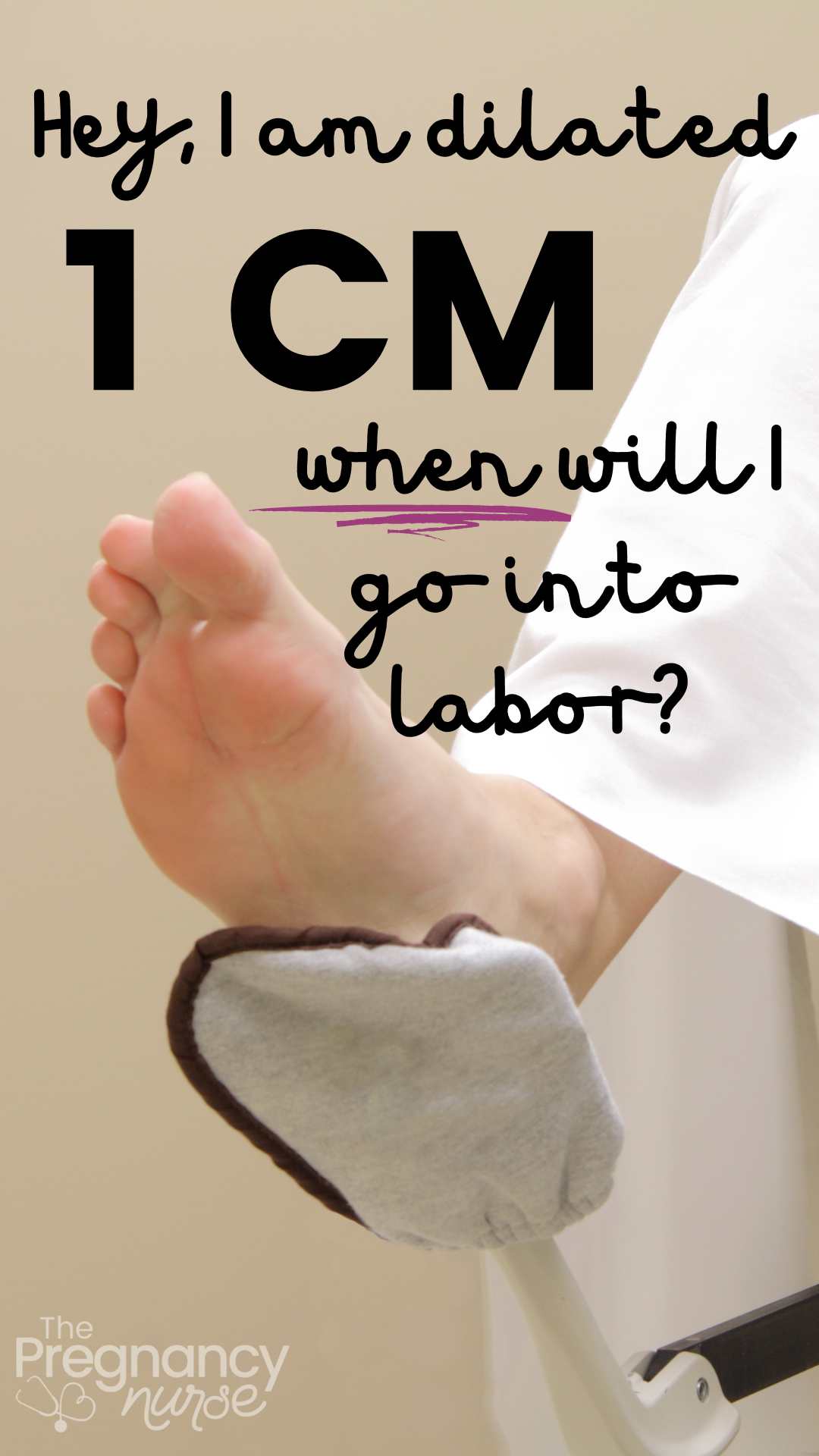

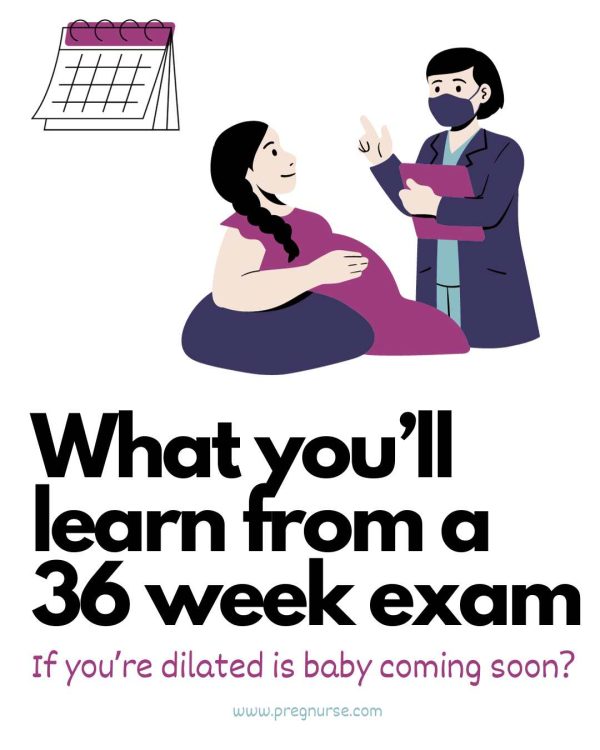





 Early Pregnancy Clothes: Where to buy maternity clothes for the first trimester and beyond?
Early Pregnancy Clothes: Where to buy maternity clothes for the first trimester and beyond?

This is a very good blogpost. When I had my second baby, I was only 2 cm dilated and had a high cervix when I arrived at the hospital. They wanted to send me home but we could stay in a hospital if we wanted to. I’m very happy we decided to stay because one hour later I felt the need to push and she was born very quickly. Testimony that dilation doesn’t mean. 🙂
Sure doesn’t mean much. Glad you stayed!